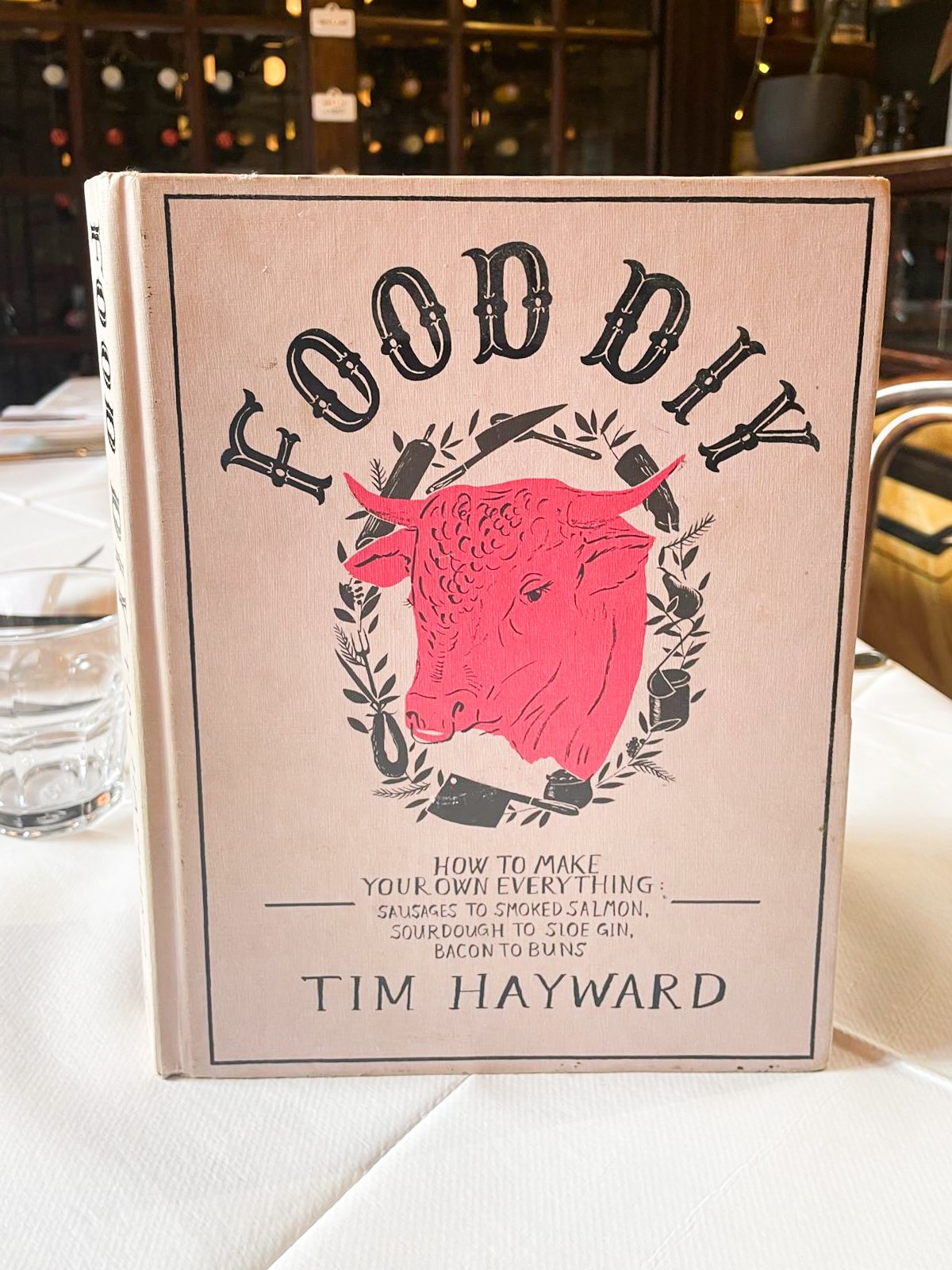Flora Shedden is an old pal. We worked together on BBC Radio for a good few years as presenters on a food programme. We got on very well and had loads of laughs, along with our other friend and presenter, Sumayya Usmani. We made great, groundbreaking radio, supported by a fantastic team who made it all possible.
Flora’s book Gatherings is a lovely piece of art in itself. The title reflects her focus on recipes for all occasions, both great and small. It’s a clever way to write a cookbook, full of anecdotes, tales, stories about produce, and a huge amount of genuine love for food. It’s all about gathering ingredients and people together.
This is a very simple book, which I love—nothing ever feels overly complicated. I adore how Flora describes the dishes she cooks as “common-sense food” with proper, honest ingredients. Nothing fussy, nothing overdone.
Flora shot to fame on Bake Off, the television programme where contestants bake cakes and other challenging showstoppers in a tent during the height of summer. It looks frightening, with celebrities judging and tasting. Flora was quite young when she appeared on the programme, but since then, she’s gone on to open a bakery and other businesses in her native Dunkeld.
The book is wonderful, with lots of good recipes to choose from. Chapters range from Mornings and Quick and Slow through to Sweet Plates and Puds. I love the sound of her sumac roast chicken, which I’ll be trying with carrots and chickpeas, and there’s also a very fine gooseberry cake. I enjoy this book a lot, and it’s wonderful to see Flora doing so well. Buy this book for the beautiful photography too!






















































































